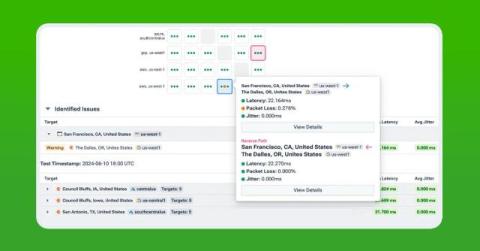Introducing a New, Zero-Touch Way to Manage Your DX NetOps Upgrades
For every customer who has an existing DX NetOps solution deployed, an upgrade can be a daunting task. Even for seasoned administrators, the process of logging into each box, running the pre-checks, and then executing the installers can be tedious. With the solution’s support for zero-touch administration (ZTA), the effort becomes easier. Now, you can plan, test, and then finally upgrade your deployment versions in one session.










